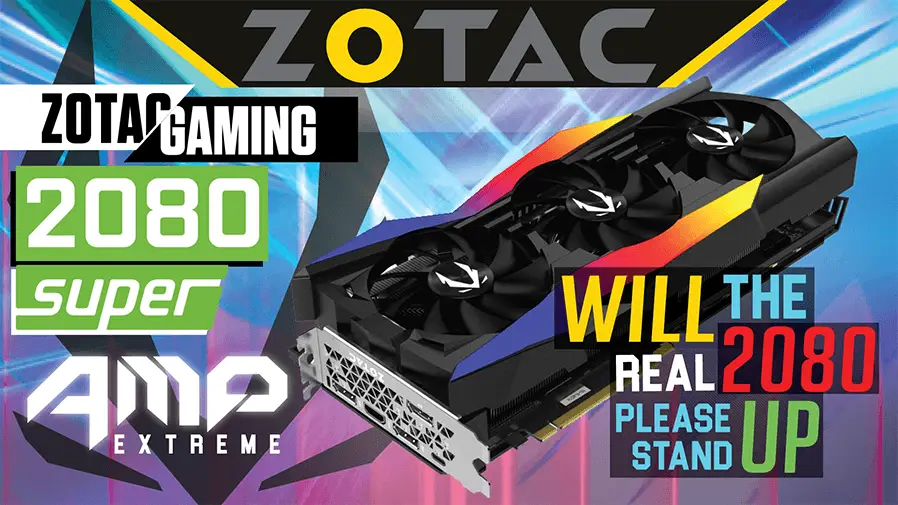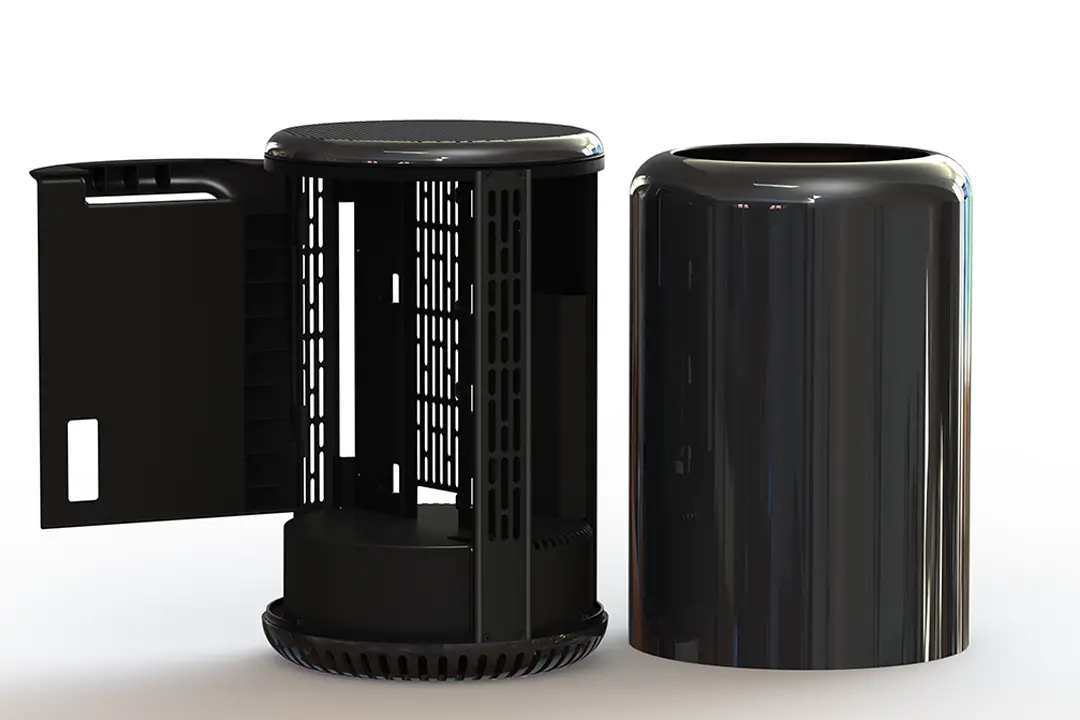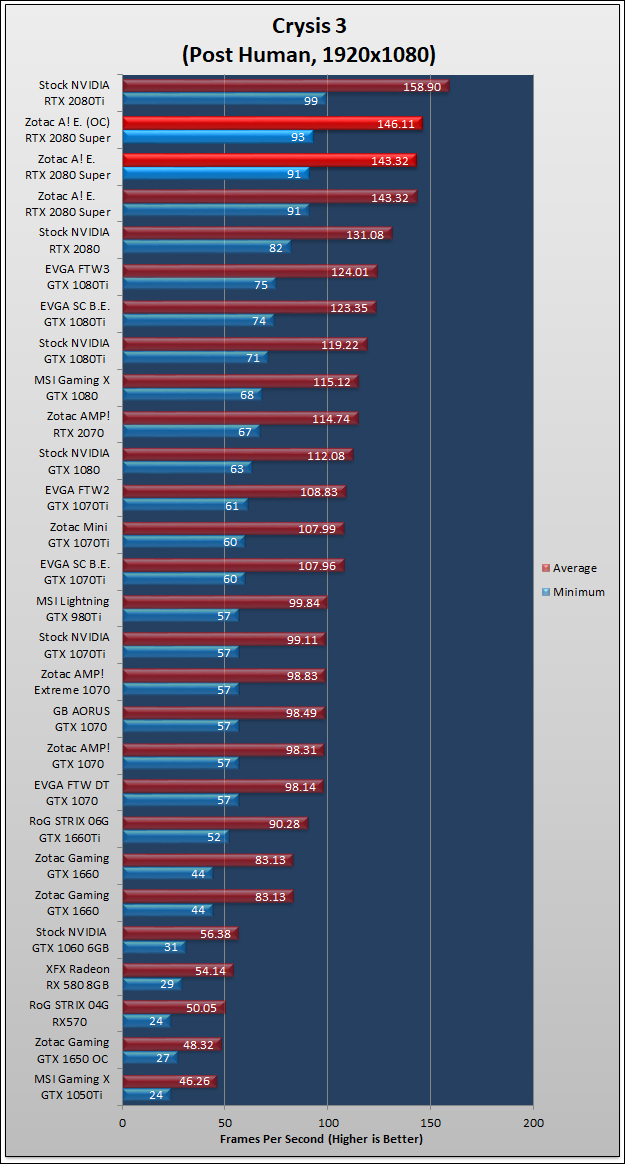
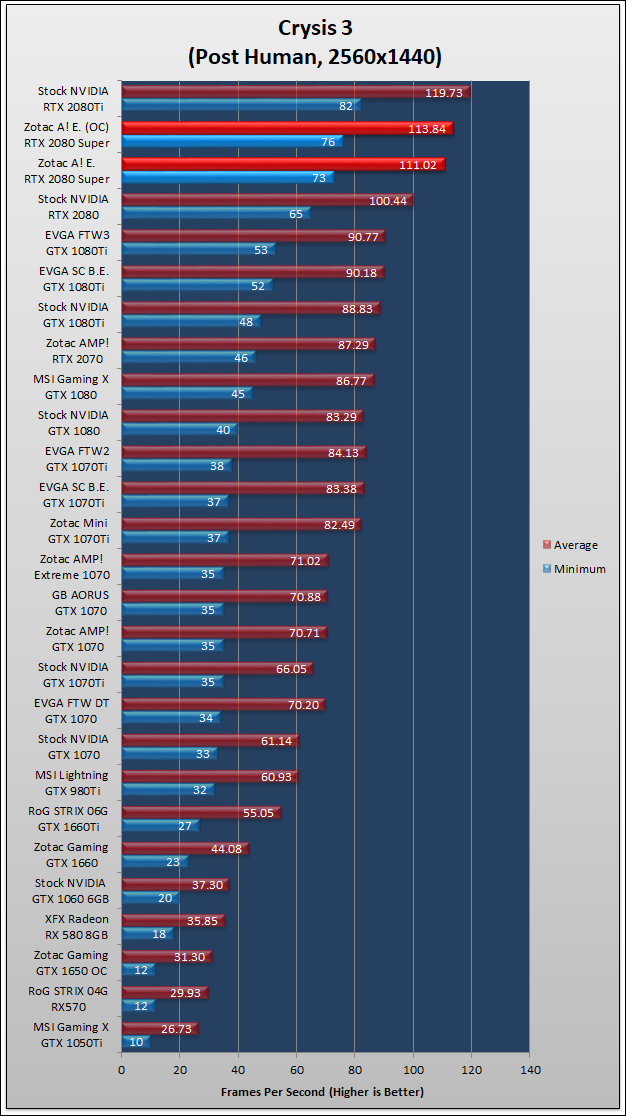
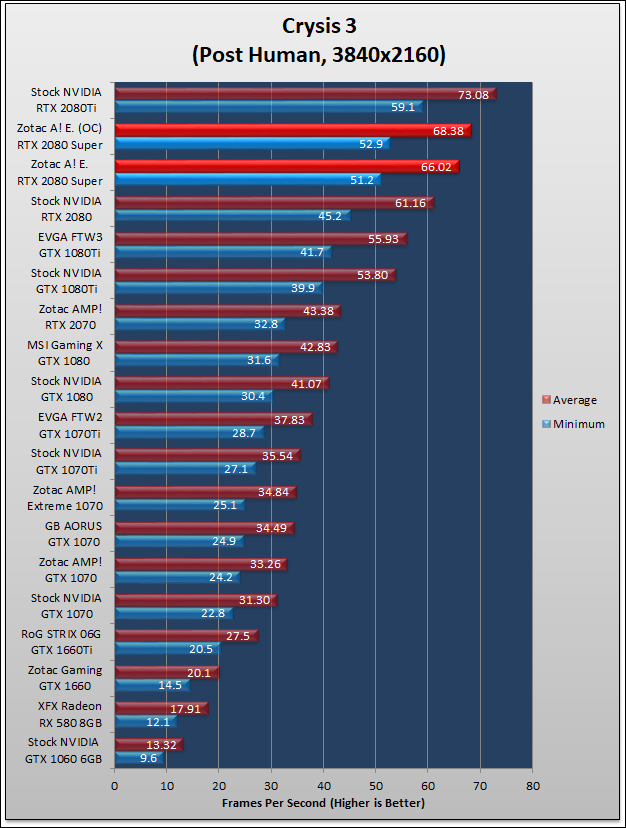
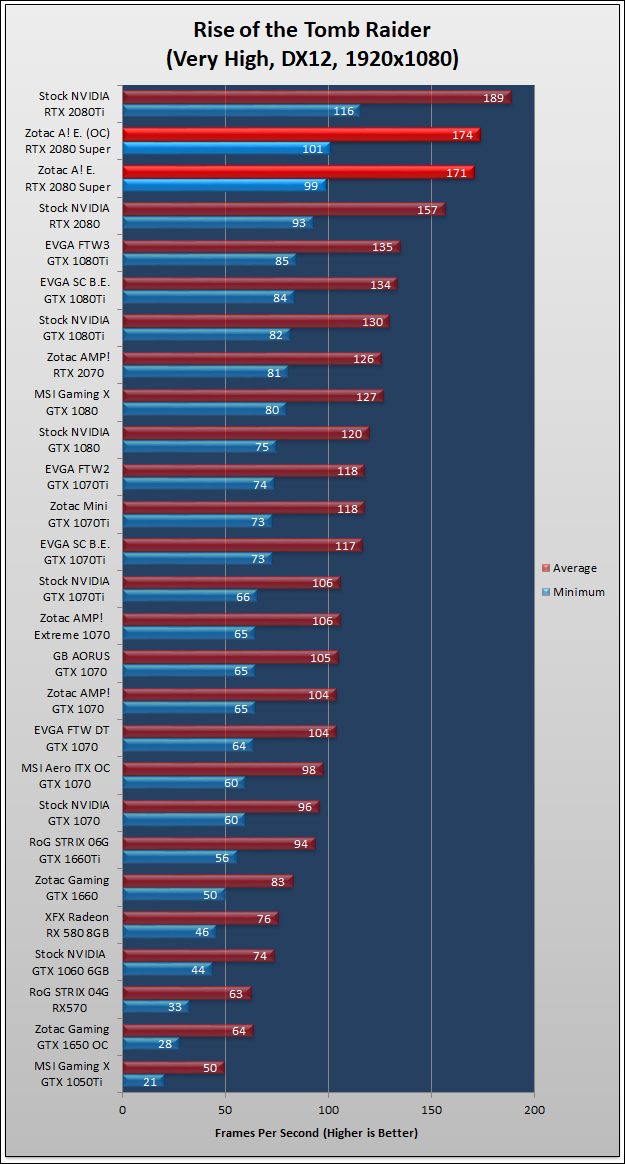


When it came time to crunch the numbers there were no ifs, no ands, and no butts about it. This card all but demands to be overclocked. Everything from the over-sized cooling to the oversized VRMs, this card was built with breaking records in mind. So much so we actually have a hard time putting things in their proper perspective. We personally do not believe in suicide runs, nor pushing data that will damage a card when used at such levels for extended periods of time. Instead we like to be rather conservative in our basement and provide conservative level numbers that a card should be able to do and do it for a long, long time.
To do this we usually push the boundaries of sanity, and then dial things back down to more realistic levels. “Sadly” this card does not make it easy to do that. With this card the usual warning of signs of increased noise and increased temperatures are not ‘easy to miss’, they are darn near non-existant. Even with the fan profiles set to ‘auto’ this is not a loud card by any stretch of the imagination. This is not surprising as in stock configurations it easily hits 1950Mhz and stays there, and does so with the fans only spinning in the low 40 percent range. When we went full bore, “let us eat and drink, for tomorrow we die” levels of overclocking… the fans were still not spinning at full speed and temperatures still were nowhere near the NVIDIA throttling temperature cut off of 84-degrees Celsius.
Maybe we just got a ‘golden GPU’. Maybe the new Zotac Gaming GeForce RTX 2080 Super AMP! Extreme is just that good. With a sample size of one… either is possible. We do however think the second is more likely than the first.
In either case with 1950 as our minimum we slowly dialed things down from 2150Mhz on the core. 2150 on the core works and worked for a full 24hrs of stress testing, but this may not be sustainable for extended periods of time… even if it was not overly hot and running only in the low 80s with fans at about 80 percent. At a constant 2080Mhz on the TU-104-450-A1 core temperatures stayed about the same but fan speeds went down to the mid-60 percent range. At this level the fans are audible but just so. This level is much more realistic for long term usage scenarios and one we would feel confident using on this card. More important it still represents a full 235Mhz over ‘official stock specifications’ or 12.7 percent increase.
One of the main claims to fame of the Super RTX 2080-series is the slightly increased GDDR6 RAM frequencies. In stock configuration this is 15,496MHz (effective) or 1937Mhz actual. This is up from the 15,000Mhz/1875MHz that the older GeForce RTX 2080-series’ memory came set to… but is actually slower than the 16,000MHz the Samsung GDDR6 RAM ICs used are rated for. Yes, Zotac expects you to blow past their stock settings and have taken measures to ensure it probably will not damage the card’s memory.
Once again our conservative nature kicked in when we got stable 18.4GHz / 2,300Mhz with 2080Mhz on the core. Yes the memory will probably last a long time at this setting, but eventual memory corruption may indeed happen. As such an 18,000MHz / 2250Mhz setting is more realistic. This too is nothing to sneeze at as it is an extra 2.5Ghz(effective) boost in performance which in turn widens the memory bus from 495.9GB/s to 576GB/s. Still not “RTX 2080Ti” memory bus performance (616GB/s) but a lot closer than the original RTX 2080-series and its relatively tiny 448GB/s memory bus.
Once again, this card is capable of much, much more than this. We just don’t like taking loaners on a suicide run. So that is the double-edged sword of this card. It will handle anything you throw at it and laugh at your puny efforts to circumvent NVIDIA’s hard-set limits. Which is a shame… as this card is the one you want if you want to break records… and have fun while doing so!
